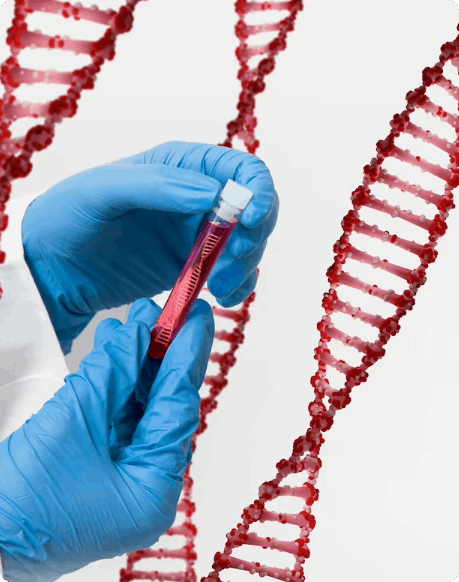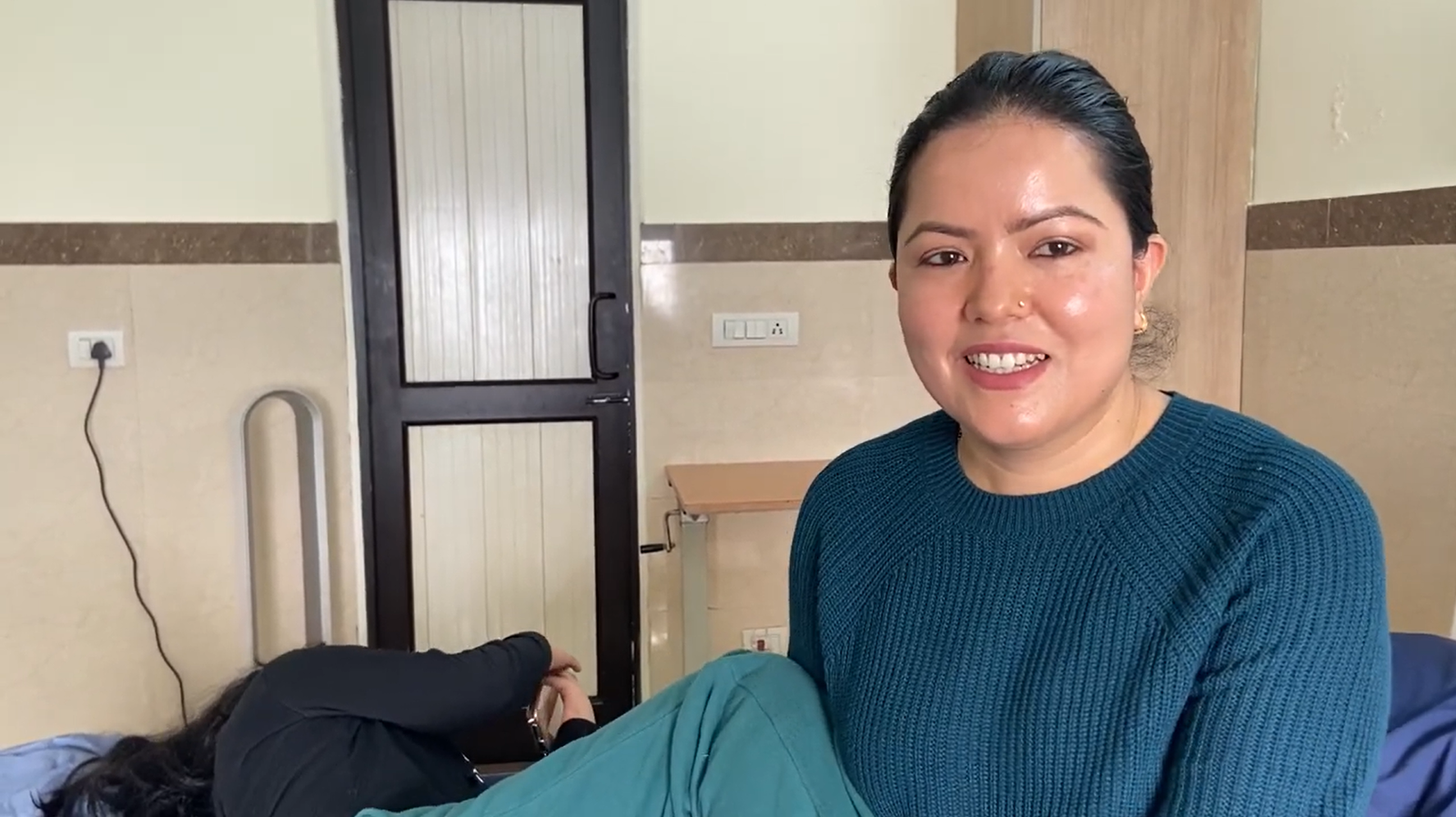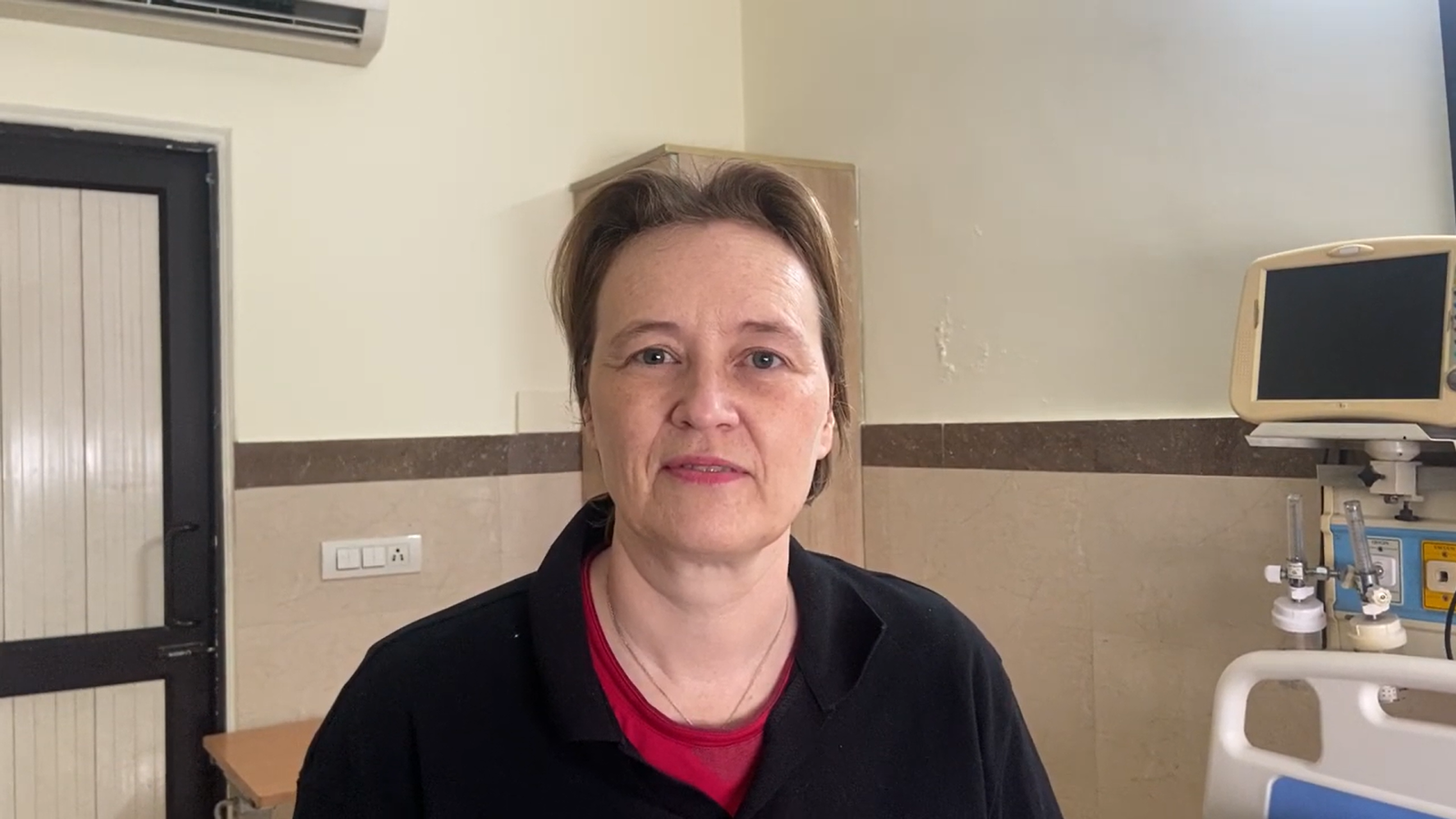
Three-dimensional biological structures known as stem cell-based embryo models (SCBEMs) replicate certain features of the early stages of human embryonic development. They can be produced in a lab using stem cells, and they can offer fresh perspectives on crucial early stages of human development that are typically off-limits to researchers.
It is anticipated that research on embryo models will result in novel treatments for a variety of ailments, such as redefining therapies for recurrent miscarriages, comprehending developmental disorders, and raising the success rate of in vitro fertilization.
Despite their differences from human embryos, embryo models replicate some features of the early stages of human development, which has led to ethical questions.
Due to the prior absence of a regulatory framework for the use of SCBEMs in research, decision-making by scientists and research organizations was unsupported and they were unsure of the ethical and legal bounds of their work. By adhering to the SCBEM Code of Practice, these barriers will be lifted.
The first code of practice for the use of stem cell-based embryo models in the UK is provided by the guidelines, which were released today.
Kathy Niakan, Chair of Cambridge Reproduction and Professor of Reproductive Physiology at the University of Cambridge, and member of the SCBEM Code of Practice Working Group stated, “The new Code of Practice provides processes for decision-making in research using stem cell-based embryo models so that scientists can proceed confidently while maintaining public trust in this vital area of research.” Cambridge.
Professor Roger Sturmey, Chair of the SCBEM Code of Practice Working Group and professor of reproductive medicine at Hull York Medical School said, “We are confident that the Code will enable the UK to continue to lead the world in research into early human development while ensuring that this research is ethically robust.”
The recently established SCBEM Code of Practice establishes guidelines to ensure that research employing SCBEMs is thorough, adheres to moral standards, and optimizes possible advantages. A specialized oversight committee that will examine every suggested research project will be essential to this.
The Code acknowledges that the length of time embryo models can be cultured in the lab must have a limit. It is, however, impossible to impose a single fixed limit because there are numerous varieties of embryo models being developed, each representing distinct developmental stages and developing at different rates. Rather, on a case-by-case basis, researchers are required to clearly justify the duration of their experiments.
The Code forbids the transfer of any human SCBEM into an animal or human womb or allowing it to grow into a viable organism in a laboratory.
“We want to maximize the potential of embryo models while minimizing the risks. The new Code of Practice will permit the long-term culture of stem cell-based embryo models in the laboratory necessary to obtain significant biological insights; however, the Code requires researchers to provide a thorough justification of their work in terms of both science and ethics, said Niakan.
The understanding of human development, including early pregnancy loss and pregnancy disorders, congenital defects, and the precursor events that influence adult human health and disease, can be enhanced through research employing embryo models.
The models can also be used in some research projects where using human embryos is forbidden. For instance, the use of many medications during pregnancy and clinical trials is currently subject to severe restrictions. Future options for pharmacological treatments during pregnancy may benefit from the use of early development models.
The few studies that are feasible with real human embryos can be supplemented, but not replaced, by new research directions made possible by stem cell-based embryo models. According to the SCBEM Code of Practice, for the foreseeable future, neither of these research fields should or can take the place of the other.
Experts in science, law, ethics, and regulation were among the researchers and practitioners from UK institutions that comprised the SCBEM Code of Practice Working Group. The team involved in the Code’s development conferred extensively with scholars, professionals, prominent financiers, and overseers of embryo model research, both domestically and abroad.
Researchers and practitioners from various institutions, including the Babraham Institute, Biolawgy, Brighton and Sussex Medical School, the Medical Research Council, Newcastle University, University College London, the Francis Crick Institute, Hull York Medical School, and the Centre of Medical Law and Ethics at King’s College London, were members of the SCBEM Code of Practice Working Group.
The research was also influenced by a public discussion on public attitudes toward research involving embryo models that took place earlier this year.
Christina Rozeik, Programme Manager of Cambridge Reproduction and member of the SCBEM Code of Practise Project Team, stated, “We have been keen to engage with as wide a range of stakeholders as possible throughout the process of developing the Code of Practice, including researchers, experts in law and bioethics, regulators and funders.”
“We were able to incorporate public voices during the development of the Code, taking into account their hopes, concerns, and sensitivities around research involving stem cell-based embryo models,” she continued, citing a public dialogue. The potential of studying embryo models thrilled the participants, but they were also very much in favor of oversight.”
“Studies using stem cell-based embryo models hold great promise for advancing human understanding and health, but in order to ensure responsible research practices and preserve public confidence, more transparent governance is required. That is what our Code of Practice does. As a member of the SCBEM Code of Practice Project Team and the deputy director of the Progress Educational Trust (PET), Sandy Starr stated, “It takes into account an extensive range of expert and lay perspectives we have gathered over the past year.”
Although the Code does not have legal force behind it, the team suggests that UK researchers, funders, professional societies, research organizations, and publishers embrace it.
It is anticipated that widespread use will discourage funding and publishing of research that does not adhere to the standards outlined in the Code and will establish a new standard for reporting research using stem cell-based embryo models. As a result, following the Code will be necessary to maintain the credibility of science and will increase accountability and transparency for research involving embryo models.
Since research using embryo models is moving so quickly, the Code will be reviewed on a regular basis.
“Stem cell-based embryo model research is relatively new, and scientific knowledge is advancing quickly in this field. We have seized the chance to address the current circumstances, and we will keep updating the Code of Practice as science advances’, Niakan stated.
“The implementation of this guideline moves stem cell-based embryo models from a precarious position to a more secure one, enabling us to thoroughly examine their potential applications while guaranteeing that the research is being carried out cautiously and subject to the necessary scrutiny,” stated Dr. Peter Rugg-Gunn, who is a member of the SCBEM Code of Practice Working Group and the Babraham Institute’s Group Leader and Head of Public Engagement.





















